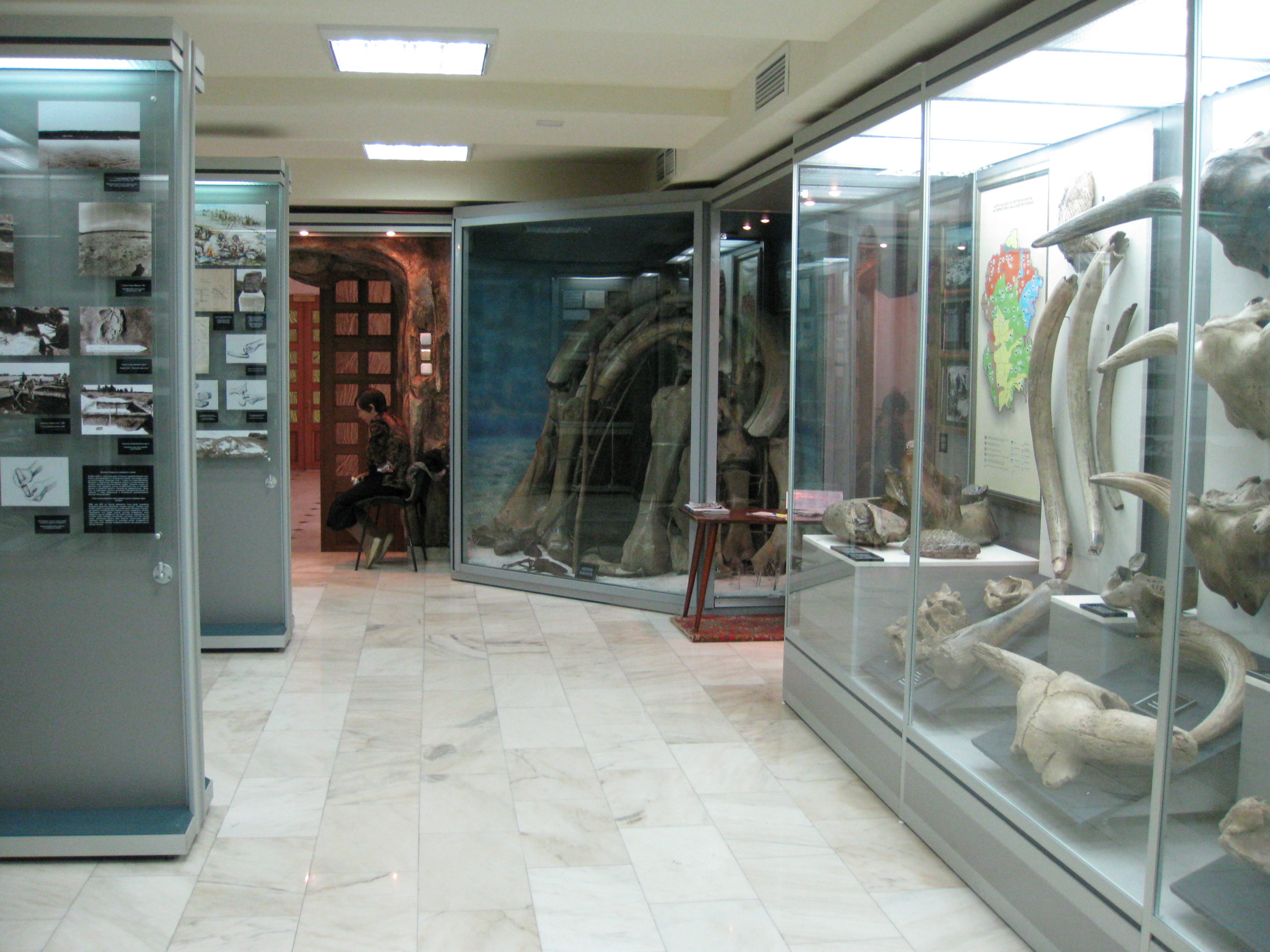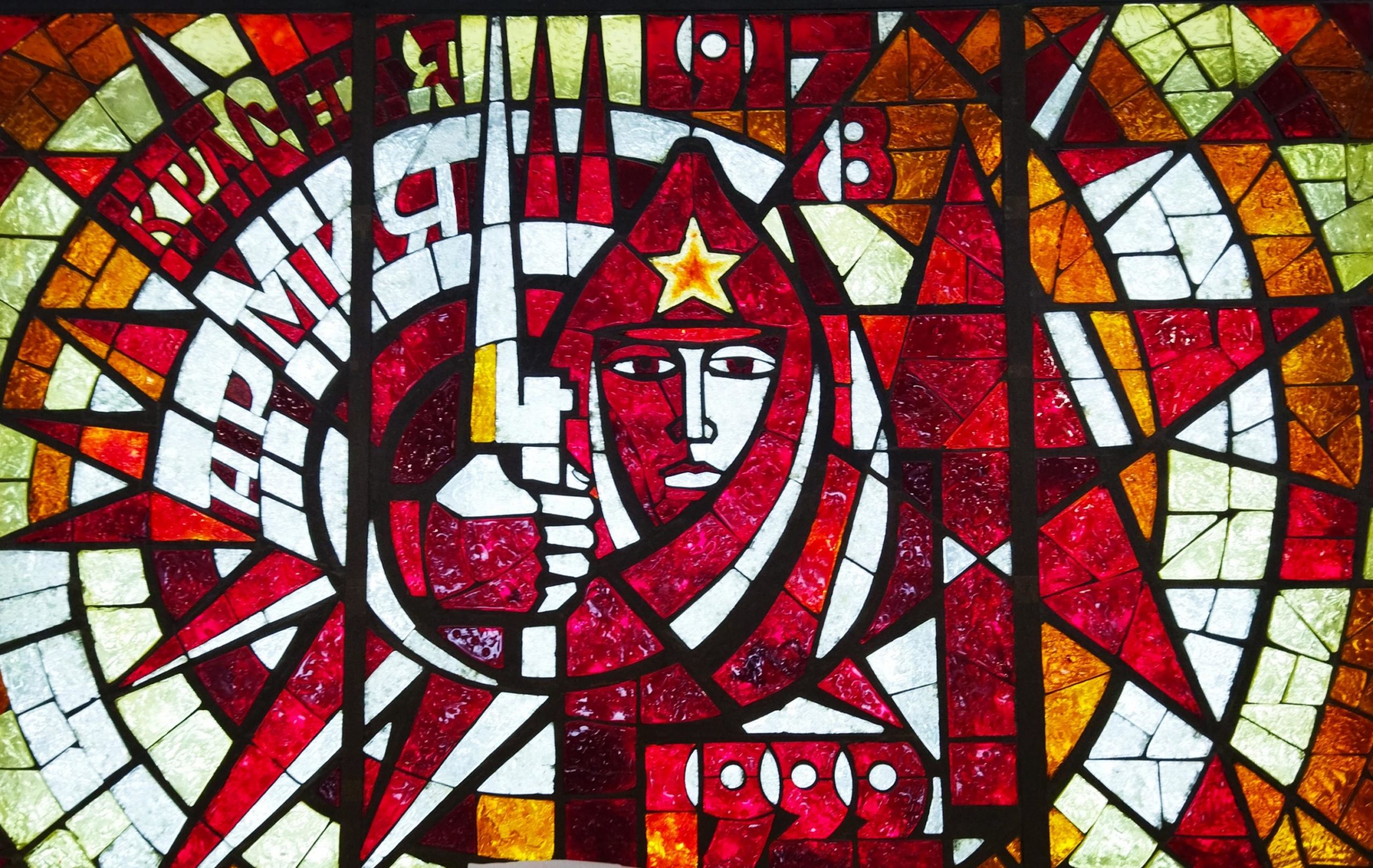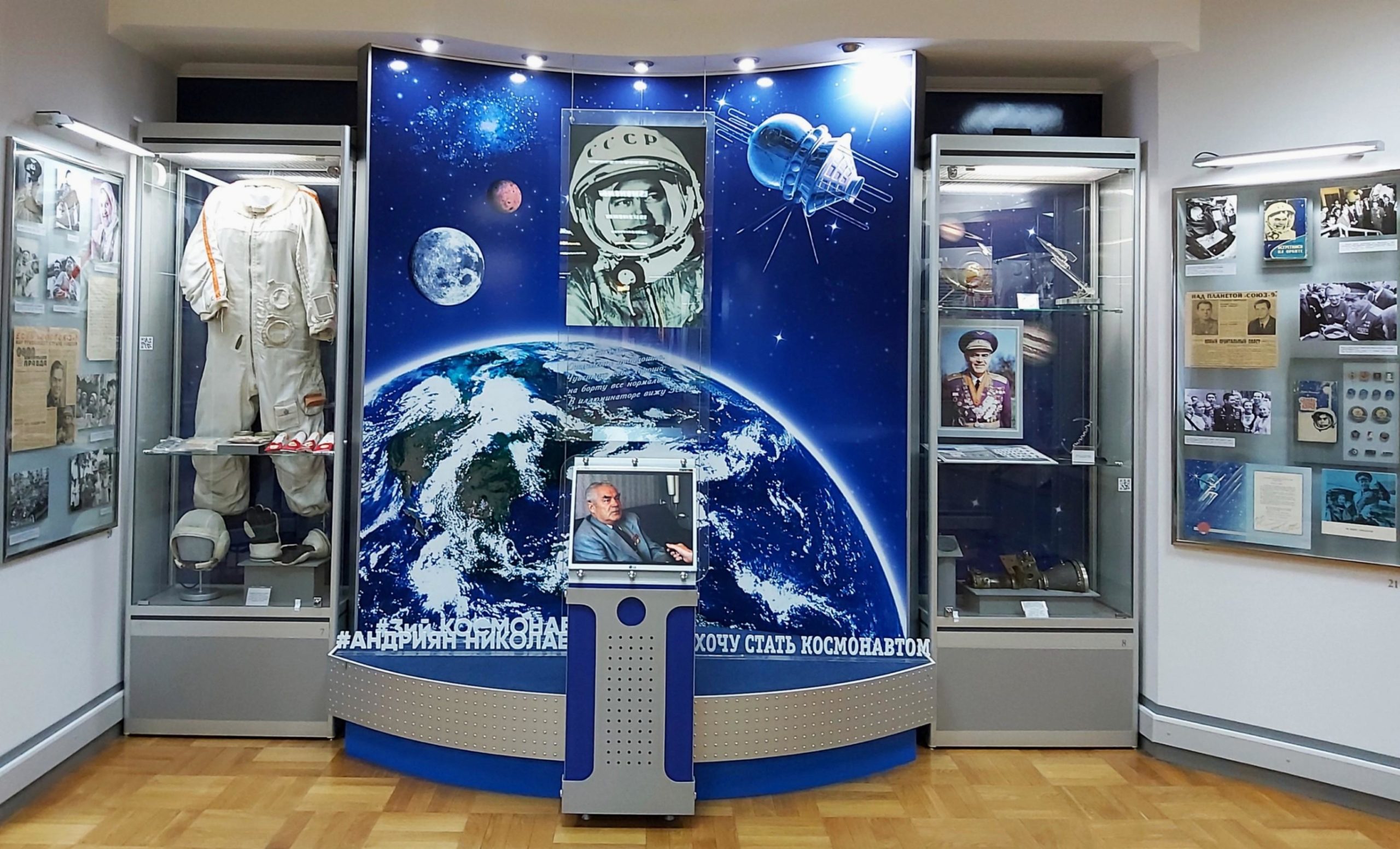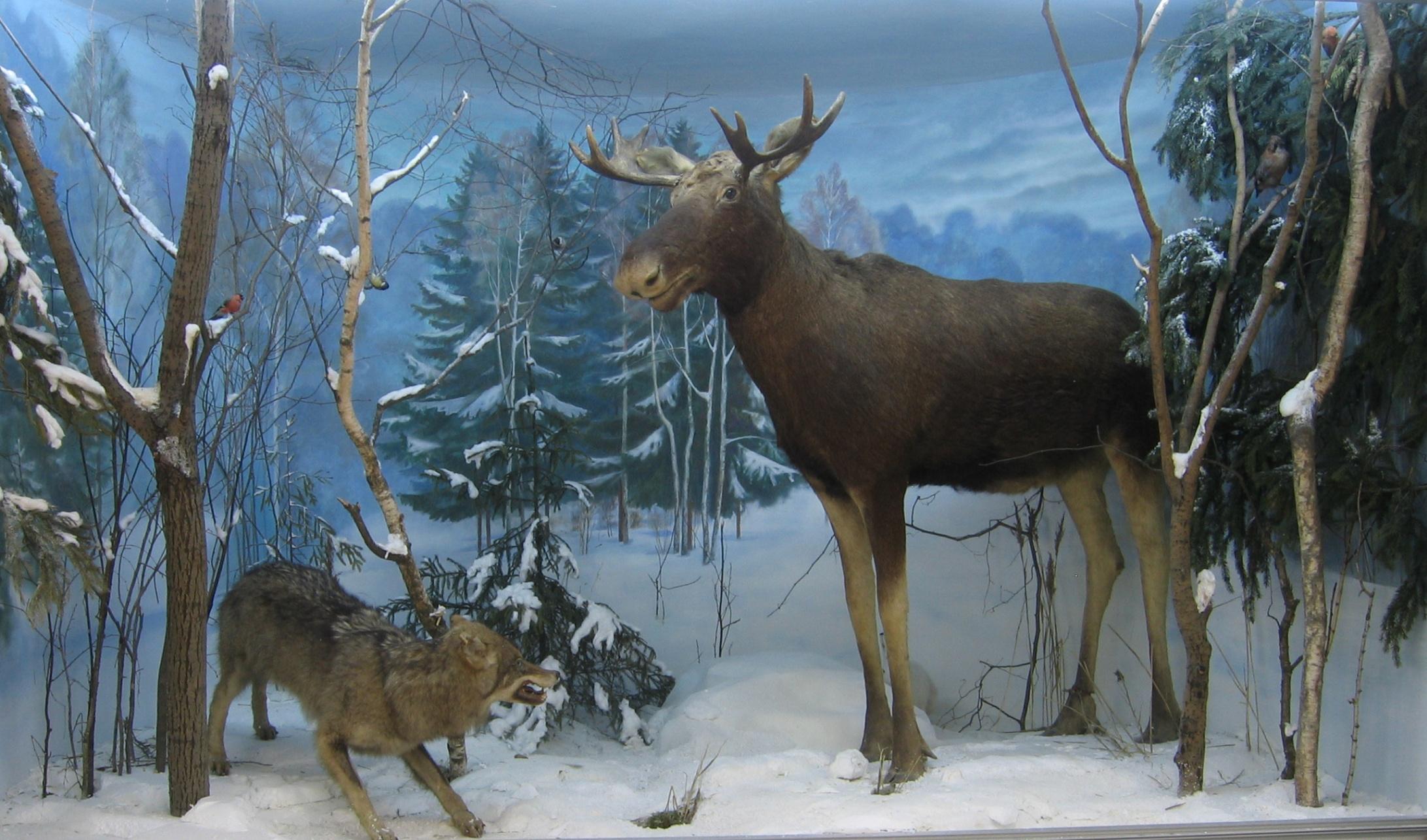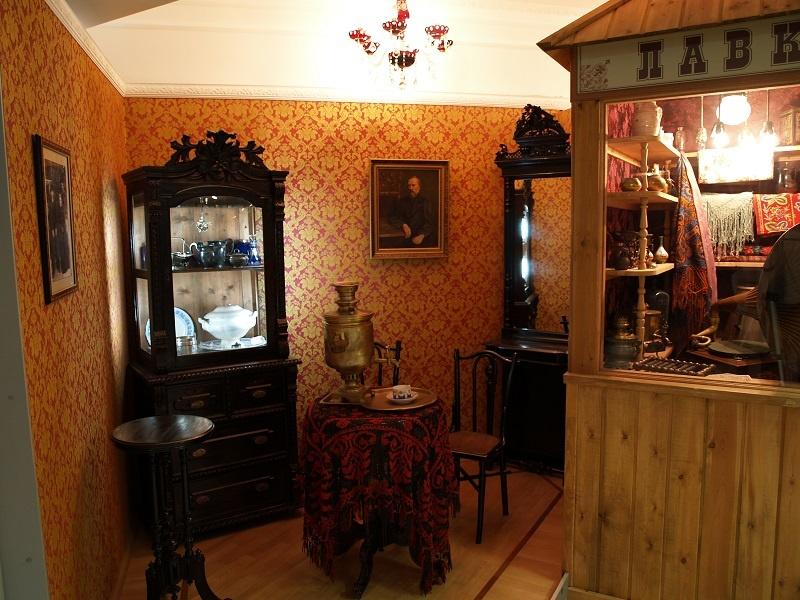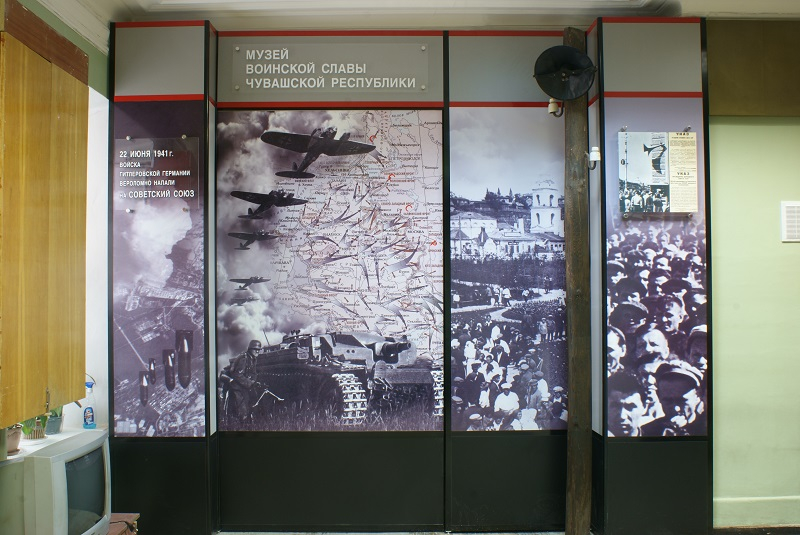Ancient residents of the Chuvash Region according to Archeology and Paleontology
The exposition widely presents the remains of the inhabitants of the mammoth fauna, since the settlement of the territory of the Volga region occurs in the Paleolithic era. A separate showcase with the remains of a mammoth, woolly rhinoceros, bison, and horse will introduce you to the animals that lived in the region in the Cenozoic.
The Mesolithic, Neolithic and Eneolithic epochs are represented by materials from the excavations of the 1920s and the latest archaeological discoveries made by the staff of the National Museum in the 1990s.
End of the 3 – beginning of the 1 millennium BC in the history of the Chuvash Volga region belongs to the Bronze Age. The Bronze Age on the territory of Chuvashia is represented by 3 major archaeological cultures: Balanovskaya, Abashevskaya and Srubnaya. Eponymous sites have been excavated in the Kozlovsky and Cheboksary regions. The appearance of representatives of this population can be judged by the sculptural reconstructions of the work of the outstanding anthropologist M.M. Gerasimov (1907–1970), which are also presented in the exposition.
The burial grounds of the Bronze Age gave a huge amount of interesting ceramics. This ceramics is presented in the exposition. Plots related to the spiritual life of the inhabitants of the Bronze Age are reflected in the ornamentation of burial bowls, so the exposition presents not only the vessels themselves, but also the drawing of ornamental motifs.
The Early Iron Age, which brought a change in occupations, widespread farming and cattle breeding, is reflected in the exposition by materials from the excavations of the Ivankovsky burial ground and the settlements «Nozha-var», «Pichke-sarche», etc.
Changes in everyday life are represented by a fragment of the interior of a dwelling from the Early Iron Age. The historical reconstruction is based on the field reports of N.V. Trubnikovoy, an employee of the State Historical Museum, who devoted many years to studying the archeology of the Chuvash Volga region.
The end of the Early Iron Age is associated with the Great Migration of Nations (4-7 centuries AD).
ДРУГИЕ СОБЫТИЯ МУЗЕЯ
Почтовая рассылка
Один раз в месяц мы делаем рассылку, где рассказываем о ближайших событиях



